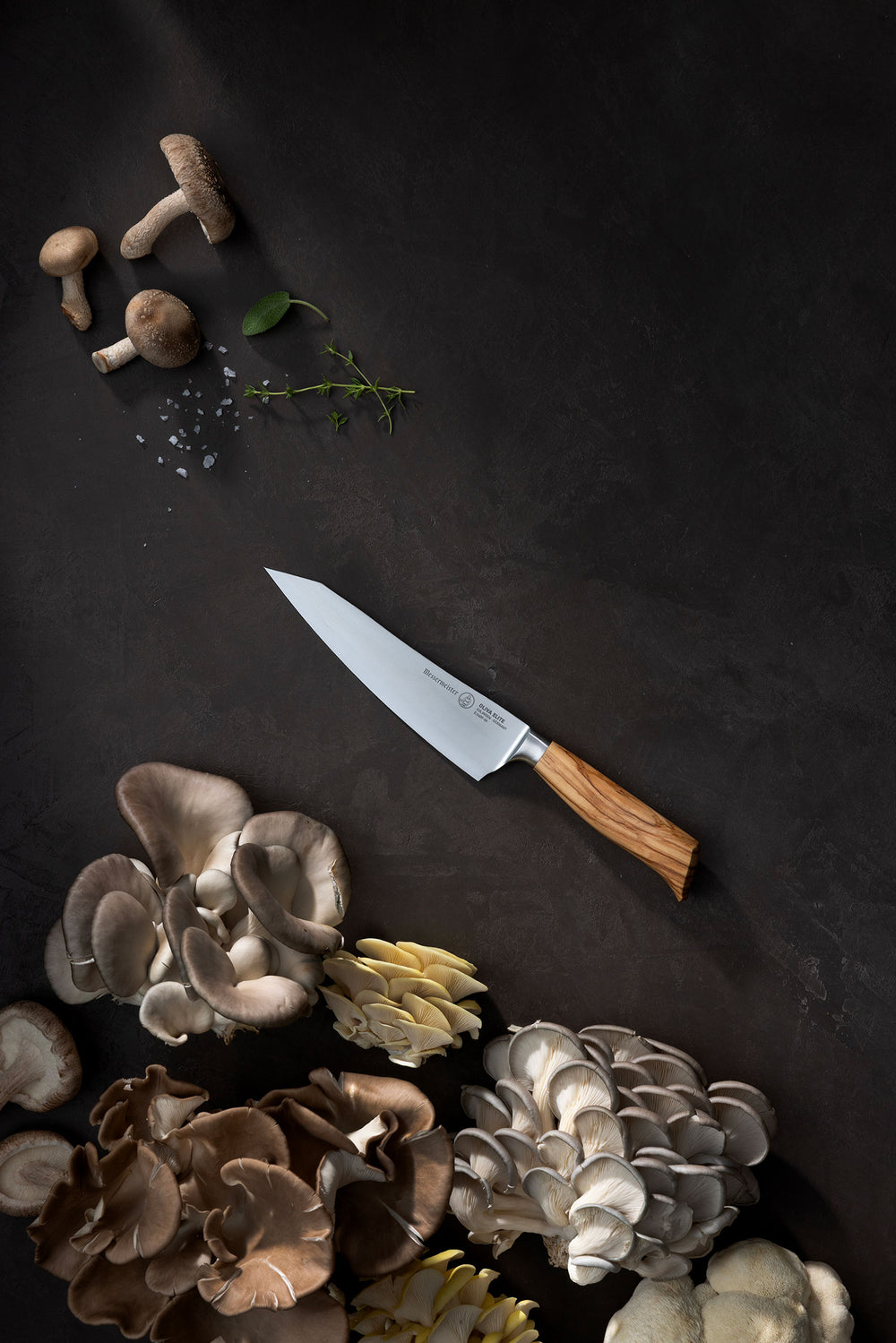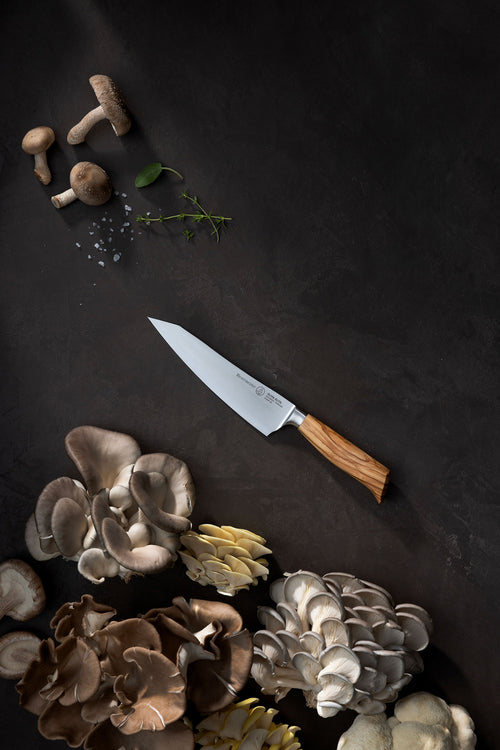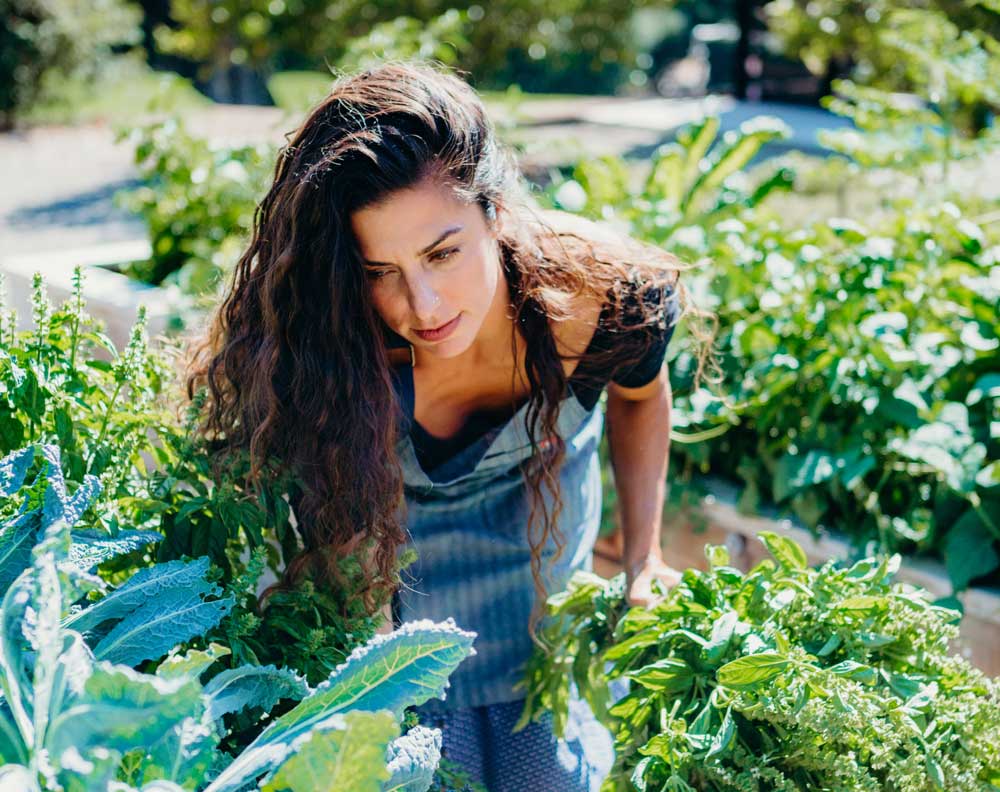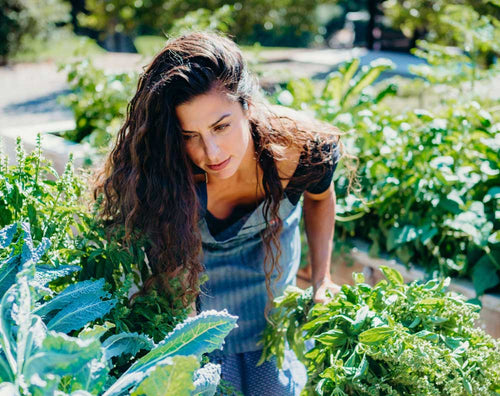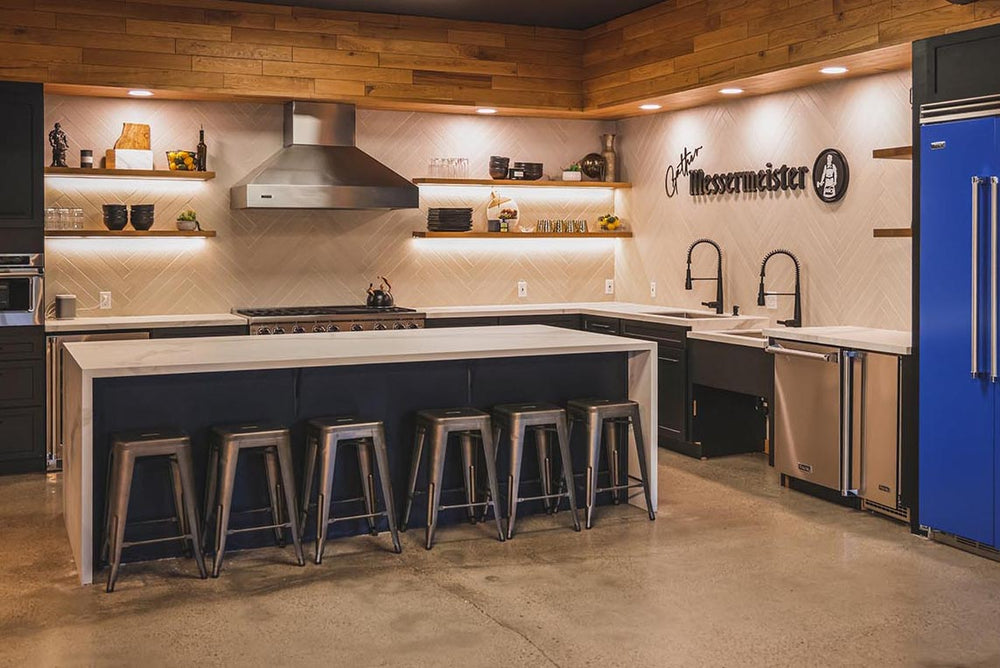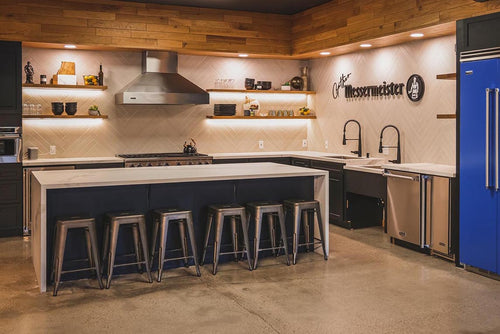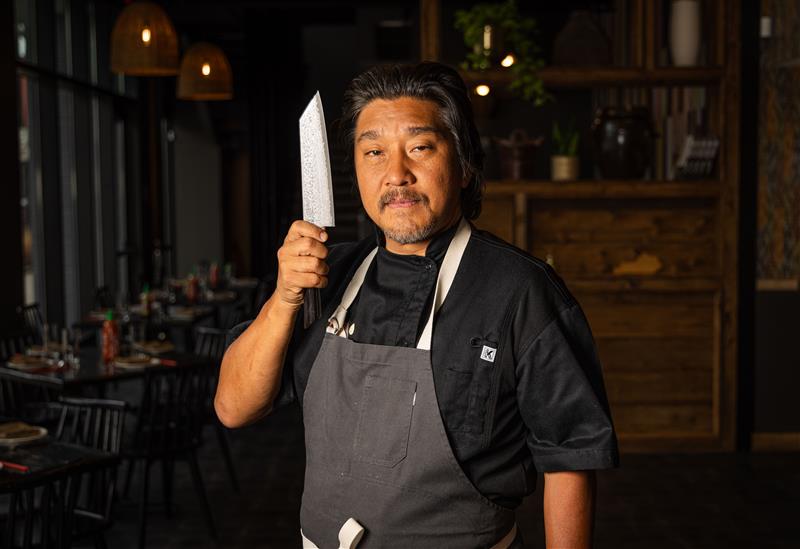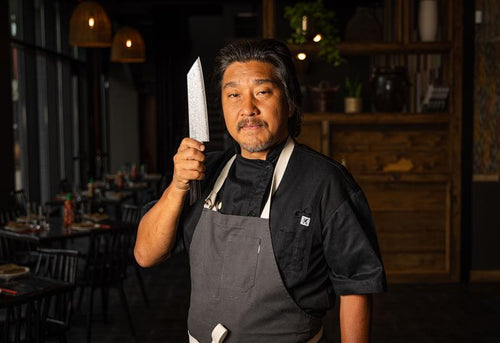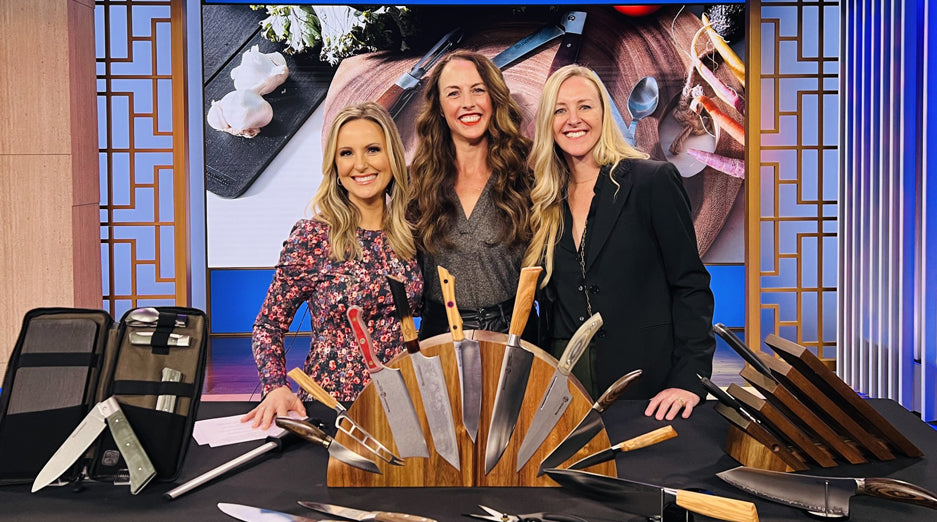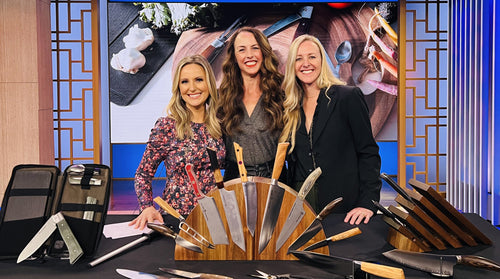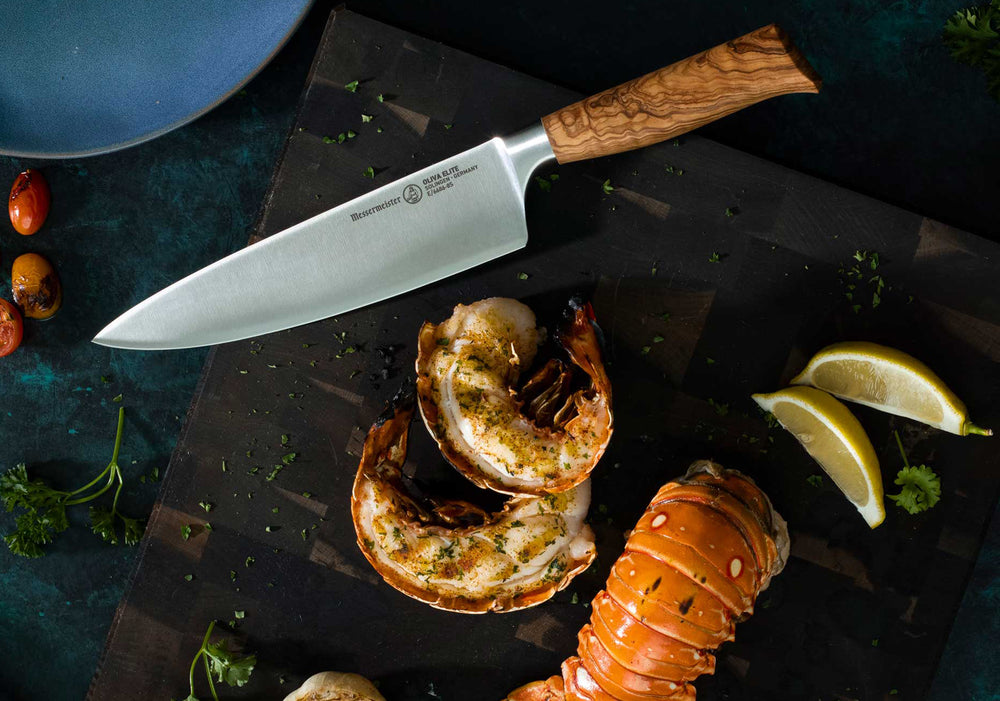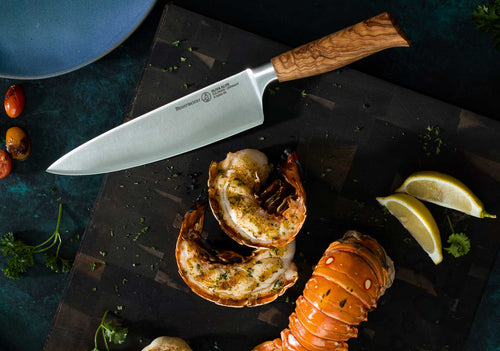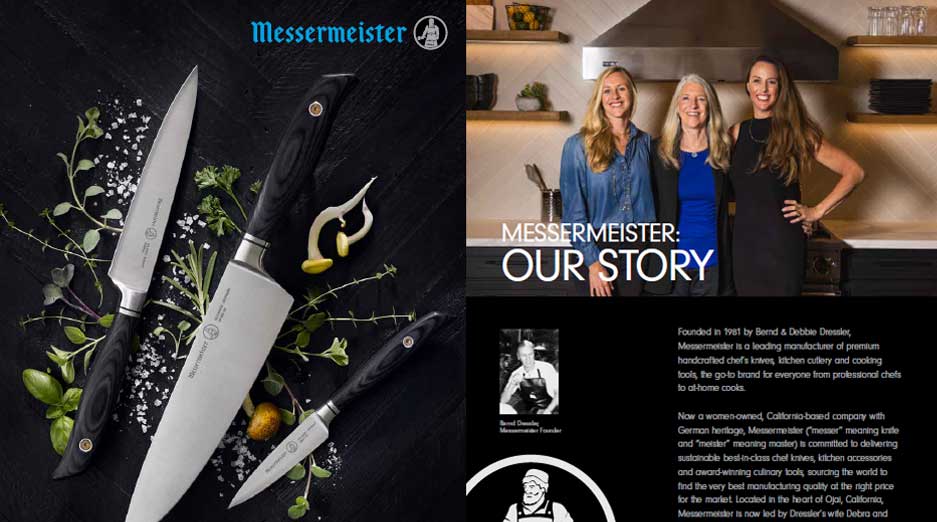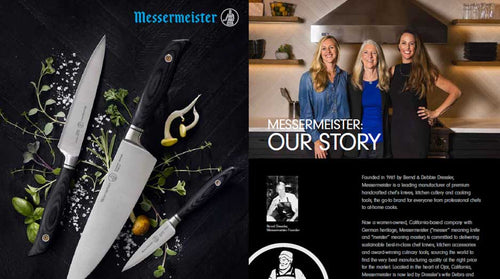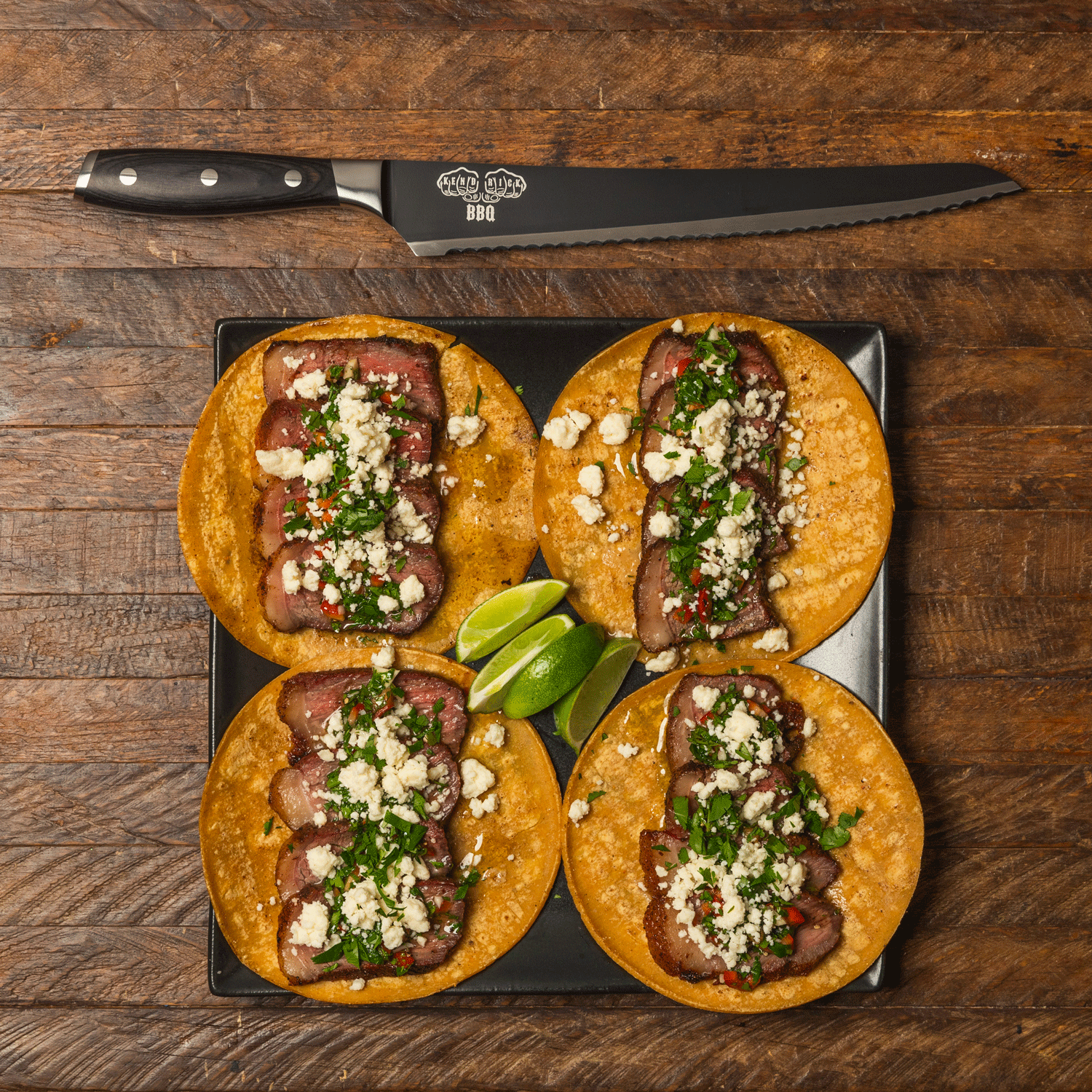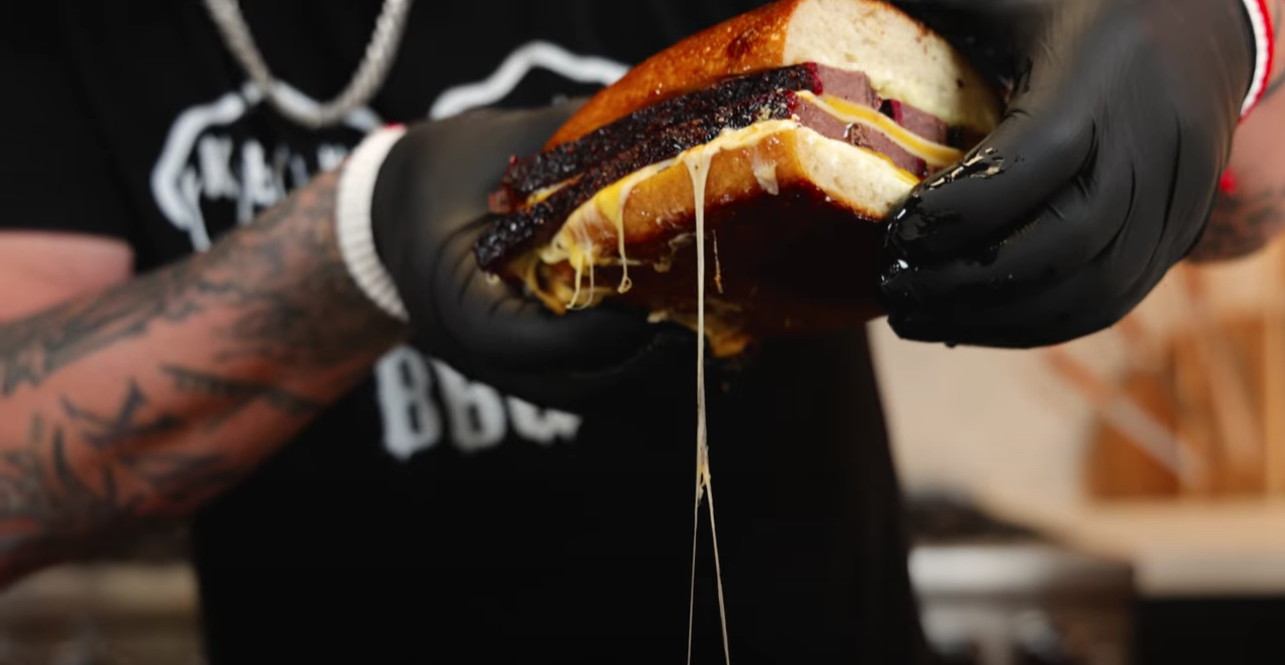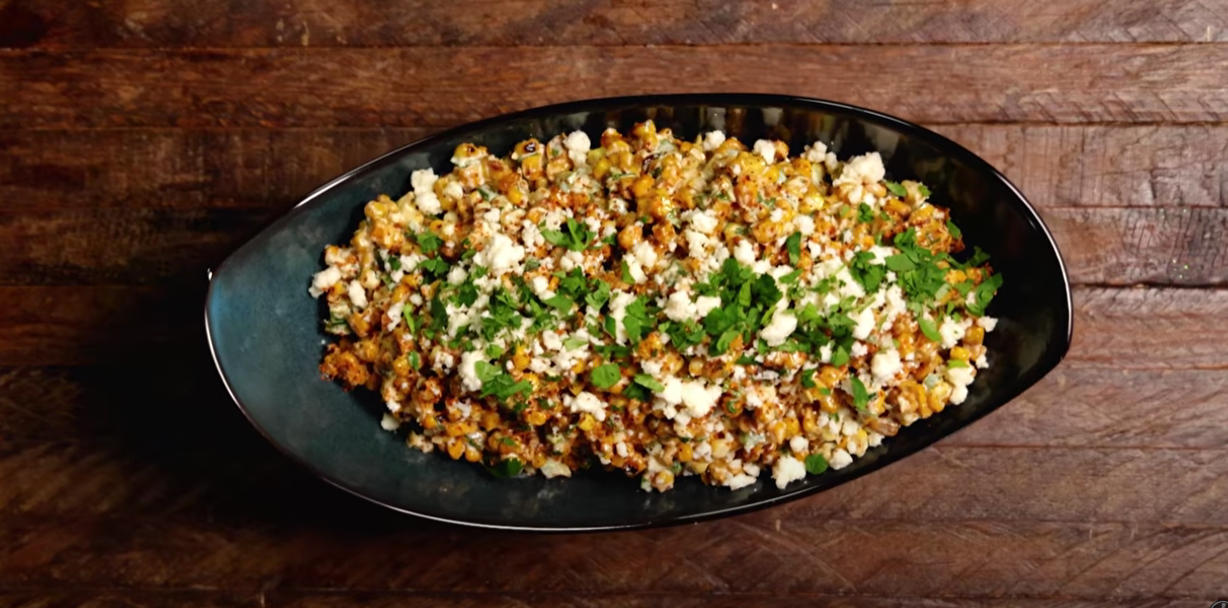Chef Jessica Monty
Campfire Grilled Oysters
INGREDIENTS
- 1 Dozen fresh medium oysters
- 1 cup parsley, rough chop
- 4 garlic cloves
- 2-3 anchovies
- 1/4 tsp salt
- 1 shallot, minced
- 1 stick of unsalted butter
DIRECTIONS
-
Add ice to a tray or serving platter.
-
Shuck your oysters, and set aside on the ice tray. Do not let oysters sit in water.
-
Smash the garlic cloves with the side of a knife using the heel of your palm.
-
Add the anchovies and salt to the garlic and continue to smash and drag the side edge of your knife until a paste is formed. Set aside.
-
Warm your pan, medium heat.
-
Melt garlic and add shallots. Sauté shallots for a couple minutes and add the garlic / anchovy paste.
-
Take off the heat and add Parsley. Set aside.
-
Set grill to medium heat. Carefully place oysters on the grill spooning garlic herb sauce over the top. Cook for approximately 5 minutes or until sauce bubbles and oysters are warmed through.
CAMPFIRE OYSTERS
Fire Enhances Flavor: Grilling oysters over a campfire adds a subtle, smoky depth that complements their natural brininess. The heat gently steams the oysters in their own juices, creating a warm, buttery bite with a hint of char.
Simple, Yet Impressive: They require minimal prep—just fresh oysters, a hot fire, and maybe a dab of garlic butter or hot sauce. Yet they feel gourmet and indulgent, making them perfect for outdoor gatherings.
Built-in Cookware: Oysters come with their own "cooking vessel"—the shell. This makes them ideal for the campfire, needing no pans or foil. Just place them cup-side down over the heat and wait for them to pop open.
Interactive and Fun: Grilling oysters is a hands-on, social experience. Waiting for them to open, customizing toppings, and slurping them straight from the shell adds to the fun and connection around the fire.
Coastal Tradition: In many coastal regions—from the Pacific Northwest to the Gulf Coast—grilled oysters are a classic, celebrated campfire tradition, blending fresh seafood with the rustic charm of outdoor cooking.
KNIIFE UTILIZED
A Kullens Santoku knife is a go-to kitchen tool for cooks who want efficient, clean slicing with less food sticking to the blade. It’s great for fast-paced prep work involving veggies, meats, and herbs — all with the added benefit of the kullens indentations to reduce drag.
What is a Kullens Santoku: “Kullens” is often shorthand for kullenschliff (German) or granton edge / hollow-ground divots — those half‑oval or scalloped indentations along the blade edge (on one or both sides). Their purpose is to reduce friction and prevent food from sticking to the blade. A Santoku knife is a Japanese-style multi-purpose kitchen knife (from san “three” + toku “virtues/uses”) suited for slicing, dicing, and chopping.
What is a Kullens Santoku Knife: “Santoku” means “three virtues” or “three uses” in Japanese — referring to the knife's ability to handle slicing, dicing, and chopping. Kullens” refers to the kullenschliff or hollow-ground indentations along the sides of the blade (also known as a Granton edge). These shallow oval divots help reduce friction, prevent food from sticking to the blade, and allow smoother, faster cutting- especially with moist or starchy like cucumbers, potatoes, or raw meat.
